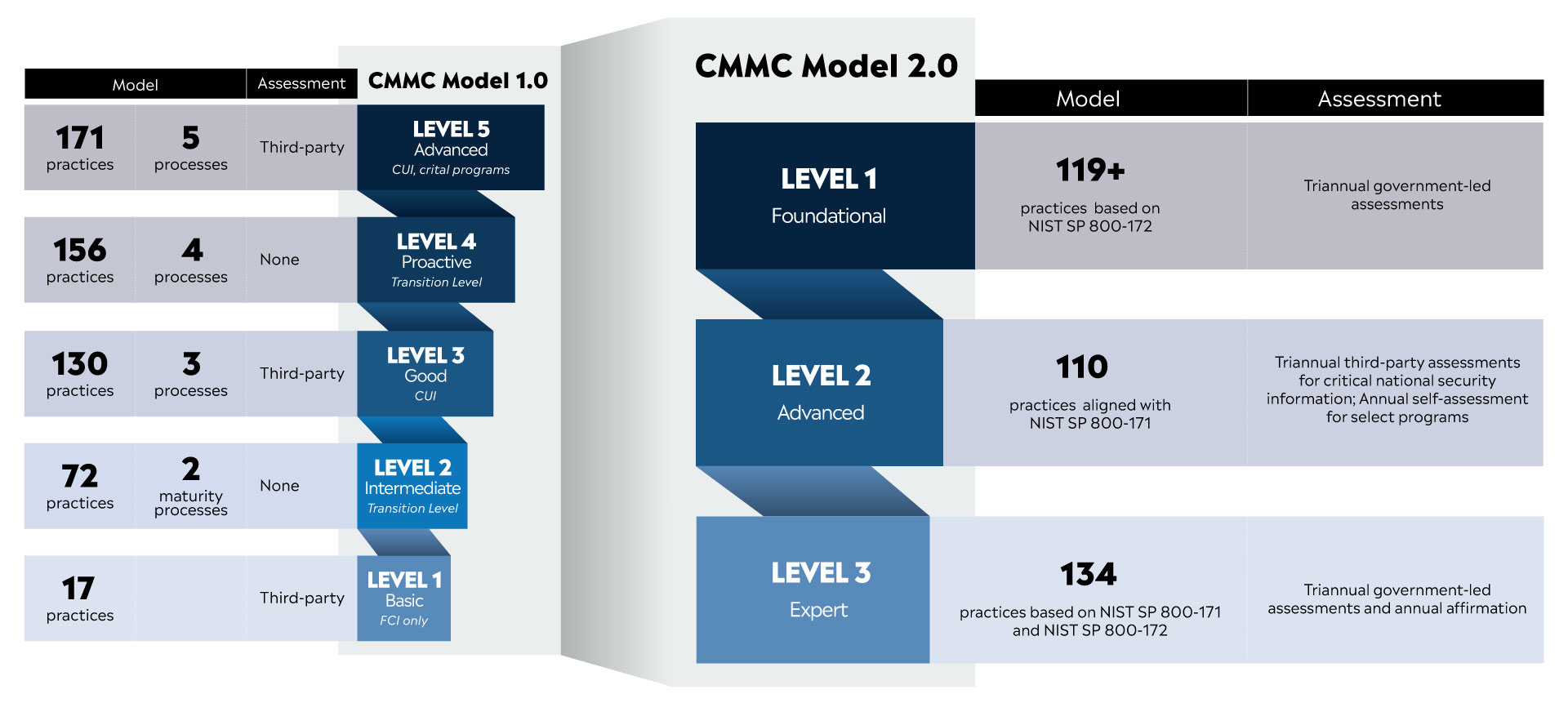Cybercriminals relentlessly try to breach business systems and steal sensitive and valuable information. Not only do hackers not take the holidays off, but these digital thieves also take advantage of increased online activity and everyday people letting their guard down. So how can businesses prevent cyberattacks during the holidays?
In terms of situational attacks, cybercrime skyrocketed by upwards of 600 percent during the pandemic as hackers exploited fear and companies shifted to remote workforces. These are other troubling statistics involving data breaches and digital theft.
- Approximately 42 percent of all data breaches involve small or mid-sized businesses.
- Hackers are able to penetrate 93 percent of all business networks.
- Weekly business data breach attempts increased by 50 percent in 2021.
- The most targeted industries included healthcare, the military, and communications.
When including major corporations, the average cost of a data breach in 2021 hovered at $4.24 million. Before 2022 closes, that estimate will likely exceed $4.35 million. With that kind of money at stake, hackers will not be taking the holidays off.
Common Hacking Schemes Used During the Holidays
Online thieves typically change their techniques to maximize data breach success rates. During the pandemic, hackers trolled out disgraceful email scams tricking recipients into believing a loved one was hospitalized and needed money to start treatment. That shows just how low these nefarious individuals will sink. They are more than willing to exploit the holidays to steal your digital assets. These rank among the commonly deployed schemes during the holidays.
- Phony Shipping Alerts: Packages making their way through the delivery system often involve a tracking component. Cyber-thieves targeting businesses are well aware professionals check these emails and text messages from the same devices they use for work. One of the high-percent tricks involves prompting someone to click on a fake tracking link. That’s when malware automatically downloads into the business network, giving criminals access to digital assets.
- Fake Invoices: Along with phony tracking alerts, hackers now send seemingly digital invoices that consumers are inclined to save on a device. It’s basically the same scheme as fake shipping alerts, but the malicious application is embedded in the PDF. Hackers can activate it, at will, and steamroll a business network.
- Unauthorized Transactions: Personal and business accounts are more vulnerable during the run-up to the holidays because purchases are made more frequently. End-of-year business gifts to colleagues, employees, and charitable donations can result in financial confusion sometimes left to clean up after the holidays. Hackers are quick to swipe credit card and bank account numbers of platforms that are not necessarily secure.
Although the number of data breaches increases year-over-year, that doesn’t mean business leaders cannot avoid theft. Hackers bank on the fact that a high percentage of small, mid-sized, and even large corporations have persistent vulnerabilities. By hardening your defenses and educating staff members about hacking schemes, digital bandits are more likely to pass over your network and find an easier mark.
How to Prevent Cyberattacks During the Holidays
It’s essential to maintain a robust cybersecurity posture during the entire year. Digital thieves make a living stealing business and personal information and selling it on the Dark Web. During the holidays and other periods when people change behaviors, cybercriminals reach into their situational bag of tricks to improve their odds. The following measures can help stop hackers before they breach your business network.
- Cybersecurity Awareness: The overwhelming majority of hacks are related to human error. Some employees click on a malicious link or provide their login credentials, and the system gets breached. Many of the hacking schemes deployed during the holidays can be easily recognized by providing staff members with ongoing cybersecurity awareness training. Instead of clicking on that link, they’ll delete the electronic message.
- Password Protections: Most of us have multiple online accounts that require usernames and passwords. The habit of using simple, easy-to-remember combinations makes our personal and professional data vulnerable. By following through with a policy of changing passwords and requiring complex ones are used, the entire company is safer.
- Multifactor Authentication: This ranks among the simplest and most effective ways to prevent cybercriminals from exploiting employee login credentials. When someone goes to access the business network, a code is sent to a secondary device. That code must be entered before the person can proceed. Even if a hacker learns a username and password, they are highly unlikely to possess that second device.
- Zero-Trust Credentials: This cybersecurity strategy involves limiting each user’s bandwidth. Each profile is analyzed to allow only access to the data they need to complete tasks. Should a hacker use the team member’s credentials, their access is similarly restricted.
Perhaps the best way to prevent a data breach during the holidays is to build a culture around cybersecurity. Every decision-maker and frontline employee has a stake in the organization’s success. That makes preventing data breaches everybody’s business.
Contact Sedulous Consulting Services for Determined Cybersecurity
Based in Triangle, Virginia, Sedulous Consulting Services works with small and mid-sized businesses to assess their cybersecurity vulnerabilities, secure network defenses, and prevent data breaches. If you’re concerned about potential cybersecurity vulnerabilities, contact Sedulous Consulting Services.








